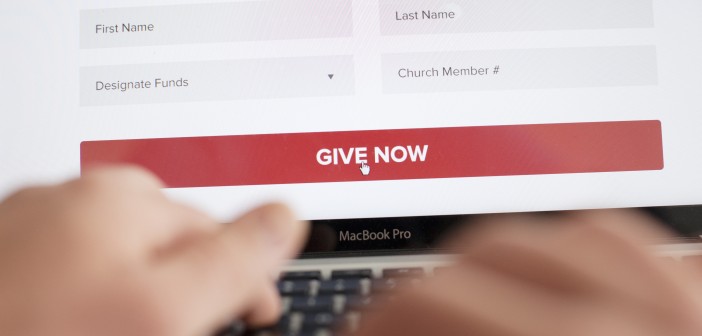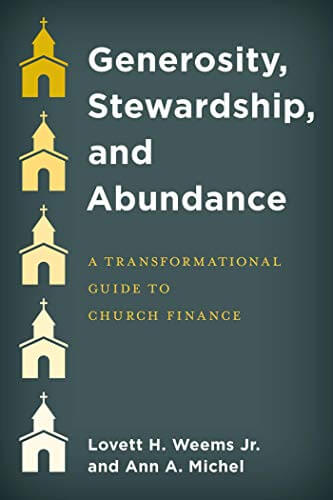Nearly three years ago our church began offering online giving through our website. We added a PayPal button and were curious to see how church members and friends might use the new option. On the advice of a clergy mentor, we unveiled the new feature with a challenge to the congregation. One Sunday morning I announced that online giving was now available on the church’s website and that our webmaster wanted to be sure it was working properly. I invited those in attendance to go to the website and make a donation, small or large, for our upcoming Vacation Bible School. I challenged them to assist us in raising $500 for the effort and asked them to let us know if they encountered any problems using the new online feature.
Online giving is an effective way to help members and friends of our church stay connected to us as they travel, move, and live quite mobile lives that make traditional methods of giving difficult to maintain.
An email from PayPal later that same Sunday notified us that Vacation Bible School had received its first contribution. A gift of $500 was made just after worship that day by a visitor to our church! We would receive six more, though smaller, contributions online for VBS. Thus began our venture into online giving.
Some two years later our website had become the avenue for mostly sporadic giving by church members on vacation and an occasional gift from a member living out of town. Then came our 2012 annual “Footwashing for the Homeless,” which includes food, footwashing, examination by podiatry residents, new socks, and new tennis shoes. The Miami Herald carried an extensive story about the ministry, including the breakfast our church serves the homeless three mornings a week. The Footwashing project requires donations of new socks, shoes, and food as well as financial contributions to cover the purchase of these things. Due to the publicity, we began to notice several regular donations to our ministries through the website.
We intentionally added contribution “buttons” to our giving page that allowed people to designate gifts to operating expenses or special projects such as the Footwashing or our breakfast program. We began to pay more attention to publicizing the online giving option in our print materials and regular email blasts. We quickly began to notice that through the website, people our church did not know personally were giving to our unique outreach ministries. To this day, I have not met two of the thoughtful and regular givers to the breakfast program although I regularly take an opportunity to thank them via email for their faithful gifts to our ministries.
Our congregation has learned several things through this relatively small online giving effort. First, in our case, it is primarily used by those who do not attend our church but want to participate in a tangible way in our ministries. Second, it is an effective way to help members and friends of our church stay connected to us as they travel, move, and live quite mobile lives that make traditional methods of giving difficult to maintain.
Related Resources:
- 50 Ways to Encourage Faithful Giving
- Paperless Giving by Brian Bauknight







